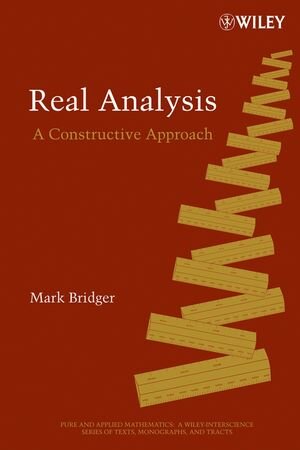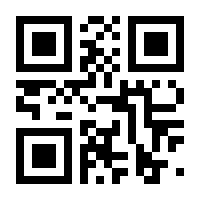
„The first chapters are presented at a very nice leisurelypace, which makes reading and learning enjoyable.“(Zentralblatt MATH, 2007)
„Very suitable for self-study by undergraduates at alllevels...“ (CHOICE, August 2007)
"... deserves to be read. Even if you do not subscribe to theconstructive viewpoint, you'll learn something and find plenty ofmaterial to exploit in your classical analysis courses." (MAAReviews, December 23, 2006)
A unique approach to analysis that lets you apply mathematicsacross a range of subjects
This innovative text sets forth a thoroughly rigorous modernaccount of the theoretical underpinnings of calculus: continuity, differentiability, and convergence. Using a constructive approach, every proof of every result is direct and ultimatelycomputationally verifiable. In particular, existence is neverestablished by showing that the assumption of non-existence leadsto a contradiction. The ultimate consequence of this method is thatit makes sense--not just to math majors but also to studentsfrom all branches of the sciences.
The text begins with a construction of the real numbersbeginning with the rationals, using interval arithmetic. Thisintroduces readers to the reasoning and proof-writing skillsnecessary for doing and communicating mathematics, and it sets thefoundation for the rest of the text, which includes:
* Early use of the Completeness Theorem to prove a helpfulInverse Function Theorem
* Sequences, limits and series, and the careful derivation offormulas and estimates for important functions
* Emphasis on uniform continuity and its consequences, such asboundedness and the extension of uniformly continuous functionsfrom dense subsets
* Construction of the Riemann integral for functions uniformlycontinuous on an interval, and its extension to improperintegrals
* Differentiation, emphasizing the derivative as a functionrather than a pointwise limit
* Properties of sequences and series of continuous anddifferentiable functions
* Fourier series and an introduction to more advanced ideas infunctional analysis
Examples throughout the text demonstrate the application of newconcepts. Readers can test their own skills with problems andprojects ranging in difficulty from basic to challenging.
This book is designed mainly for an undergraduate course, andthe author understands that many readers will not go on to moreadvanced pure mathematics. He therefore emphasizes an approach tomathematical analysis that can be applied across a range ofsubjects in engineering and the sciences.
This innovative text sets forth a thoroughly rigorous modernaccount of the theoretical underpinnings of calculus: continuity, differentiability, and convergence. Using a constructive approach, every proof of every result is direct and ultimatelycomputationally verifiable. In particular, existence is neverestablished by showing that the assumption of non-existence leadsto a contradiction. The ultimate consequence of this method is thatit makes sense--not just to math majors but also to studentsfrom all branches of the sciences.
The text begins with a construction of the real numbersbeginning with the rationals, using interval arithmetic. Thisintroduces readers to the reasoning and proof-writing skillsnecessary for doing and communicating mathematics, and it sets thefoundation for the rest of the text, which includes:
* Early use of the Completeness Theorem to prove a helpfulInverse Function Theorem
* Sequences, limits and series, and the careful derivation offormulas and estimates for important functions
* Emphasis on uniform continuity and its consequences, such asboundedness and the extension of uniformly continuous functionsfrom dense subsets
* Construction of the Riemann integral for functions uniformlycontinuous on an interval, and its extension to improperintegrals
* Differentiation, emphasizing the derivative as a functionrather than a pointwise limit
* Properties of sequences and series of continuous anddifferentiable functions
* Fourier series and an introduction to more advanced ideas infunctional analysis
Examples throughout the text demonstrate the application of newconcepts. Readers can test their own skills with problems andprojects ranging in difficulty from basic to challenging.
This book is designed mainly for an undergraduate course, andthe author understands that many readers will not go on to moreadvanced pure mathematics. He therefore emphasizes an approach tomathematical analysis that can be applied across a range ofsubjects in engineering and the sciences.






